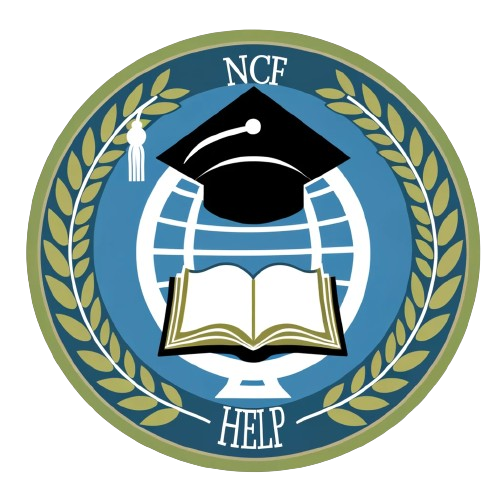Hashtags: #NCFGeography #TeachingGeography #ExperientialLearning #Interdisciplinary #NCFSchools
Ah, geography. The land of maps, capitals, and… memorizing the longest river in North India? As a seasoned geography teacher, I’ll admit, I used to be guilty of the “drill and kill” approach. But then came the NCF, like a breath of fresh air (with a hint of monsoon humidity, of course). It challenged me to rethink how I teach and turn my classroom into a space for exploration and discovery.
Before NCF: The Reign of Rote Learning
My lessons used to resemble a travel brochure gone wrong. Students would dutifully memorize capitals, locate countries on a map (sometimes upside down!), and recite facts about the Deccan Peninsula without ever picturing its lush greenery. The excitement level? Lower than the Sea level.
NCF Inspiration: A Shift in Perspective
The NCF-SE 2023 emphasizes a holistic and learner-centric approach, urging us to connect geography with students’ lives and the world around them.

Here’s how I embraced the change:
- From Textbooks to Terrains: We moved beyond static maps and embraced hands-on activities. We created 3D models of landforms using clay, built miniature river systems, and even conducted soil experiments in our school garden. Suddenly, geography became a living, breathing subject.
- Local to Global Exploration: We started by exploring our local environment, mapping our school, and investigating the Geography of our community. Then, we expanded our horizons, comparing our local geography to different regions of India and the world, drawing connections and understanding diverse landscapes and cultures.
- Interdisciplinary Adventures: We embarked on interdisciplinary journeys, connecting Geography with History, Economics, and even Art. Students researched the spice trade routes, explored the impact of climate change on different communities, and created artistic representations of various geographical features.
- Technology Integration: We embraced digital tools, using interactive maps, virtual field trips, and online resources to bring the world into our classroom. Students even created their own digital maps and presentations, showcasing their learning in innovative ways.
The Results? A geography classroom buzzing with curiosity and engagement. Students asking questions, seeking answers, and connecting the dots between maps and their own lives.

Humor in Geography? Absolutely!
We explored the quirky names of places (Kala Bakra, Khara Patthar, Tatti Khana! Really!), laughed at geographical mishaps (who can forget the time Columbus accidentally placed India in America?), and even created geography-themed memes and jokes. Laughter became a tool for learning, making geography relatable and enjoyable.
The NCF journey wasn’t always smooth sailing (or should I say, smooth navigating?). There were challenges, like finding resources, adapting assessments, and convincing some colleagues that geography is more than just memorizing maps.
But seeing the spark in my students’ eyes as they connect with the world around them makes it all worthwhile. The NCF has transformed my geography classroom, and I’m excited to continue exploring new ways to make learning an adventure for my students.

